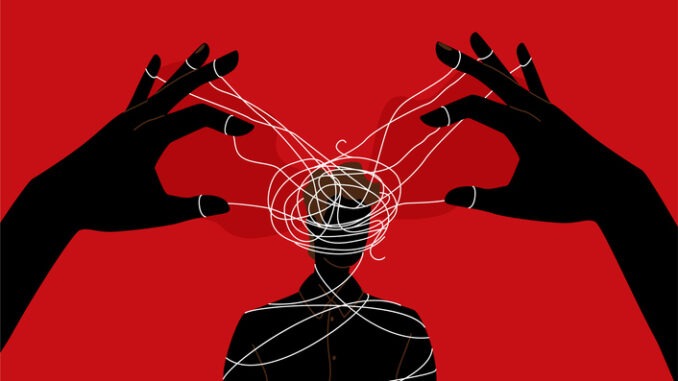The World Health Organization says that one in four people around the world have problems with their mental health. Long wait times, geographical restrictions, high prices, and a persistent stigma all make it hard for traditional mental health services to do their jobs. Technology is making it possible to get around these problems in new ways. Digital tools are opening up more mental health support options for people who didn’t have many choices before.
Types of Digital Tools
You can now get full mental health support right on your smartphone through apps. Some apps, like Headspace and Calm, offer guided meditation sessions. Another app, Sanvello, blends tools for managing anxiety with mood tracking. Users can get therapeutic techniques whenever they need them thanks to these apps.
Adding to this ease of use, teletherapy platforms use secure videoconferencing to connect patients with qualified therapists. Now, people who live in remote locations or have difficulty moving around can access professional therapy through BetterHelp and Talkspace. This change gets rid of the physical barriers that used to keep people from getting excellent care.
Chatbots powered by AI make such services even easier to access by offering immediate mental health support 24 hours a day, 7 days a week. Wysa and Replika help users deal with problems when human counselors aren’t available by having therapeutic talks with them. These tools can assist in the absence of scheduled therapy meetings.
Benefits of Digital Tools
These digital platforms reach groups that regular services often overlook, providing help to those who aren’t receiving enough support. People who live in rural areas, have disabilities, or are in places with limited mental health services now have choices they didn’t have before. People can get support in times of crisis outside of regular business hours thanks to the constant availability.
These tools have privacy features that let you use them without giving your real name. This helps reduce shame. People can seek help without fear of judgment or social punishment. People who might otherwise avoid treatment are more likely to start getting better mental health care because of this safety.
Real-time monitoring enables more personalized care for each individual. These tools keep track of changes in mood, sleep quality, and behavior all the time. Doctors and nurses can use this data to change treatment plans and spot troubling trends before they become big issues.
Dr. Brooke Keels, who holds a PhD in marriage and family therapy and is the chief clinical officer at Lighthouse Recovery Texas, explains how digital tools meet a fundamental human need. “These mental health apps, AI chatbots, and all the other cutting-edge technologies that address the need for human connection ultimately take advantage of the fact that we respond better to immediate and personalized feedback,” she says. “The main problem with in-person therapy is that it takes longer to start working.” Additionally, consider the level of safety that virtual reality and AI can provide in environments under their control. When people use these apps, they feel safe trying out new behaviors without worrying about what will happen in real life.
Challenges and Considerations
People are always worried about privacy and data security on these platforms because they handle very private personal data. Recent hacks have shown that digital health data is easy to steal. People who use the service need to know that their mental health information will be kept safe and private.
Different platforms have completely unique levels of how well their digital mental health tools work. There isn’t enough science to support the claims made by some apps. Without the right legal oversight, users may come across tools that don’t help them or could even be harmful.
Putting too much faith in digital solutions without professional oversight increases the risks. These platforms work best when used alongside standard therapy rather than as a replacement for it. We still need trained mental health workers to address serious conditions and emergencies that require immediate assistance.
CEO and co-founder of Monima Wellness, Dr. Max Doshay, stresses how important human connection is in mental health care. “Human connection is in our DNA.” As he explains, “Our attachments are what make emotional healing possible.” “There’s no doubt that digital tools can help deliver consistent therapeutic techniques, but clients may have trouble staying motivated and following through without that human touch.” It makes more sense to use both in-person therapy and digital tools to help. The tools can provide structure, while the human support can help with the deeper emotional needs that lead to permanent change and consistency.
Future Outlook
Incorporated with mental health platforms are wearable tech and measurement systems. Smartwatches and fitness trackers can monitor various aspects such as your activity levels, sleep patterns, and the fluctuations in your heart rate. This information gives a fuller picture of how someone is feeling mentally.
Artificial intelligence keeps getting better at making predictions. In the future, systems may be able to observe early signs of mental health problems by looking for patterns in digital behavior, conversation, and physiological data. Early discovery could allow for treatment before things become worse.
Accessibility and professional quality must be balanced for digital mental health tools to be successful. The human link is still the most important part of effective mental health care, and technology should not take its place.



